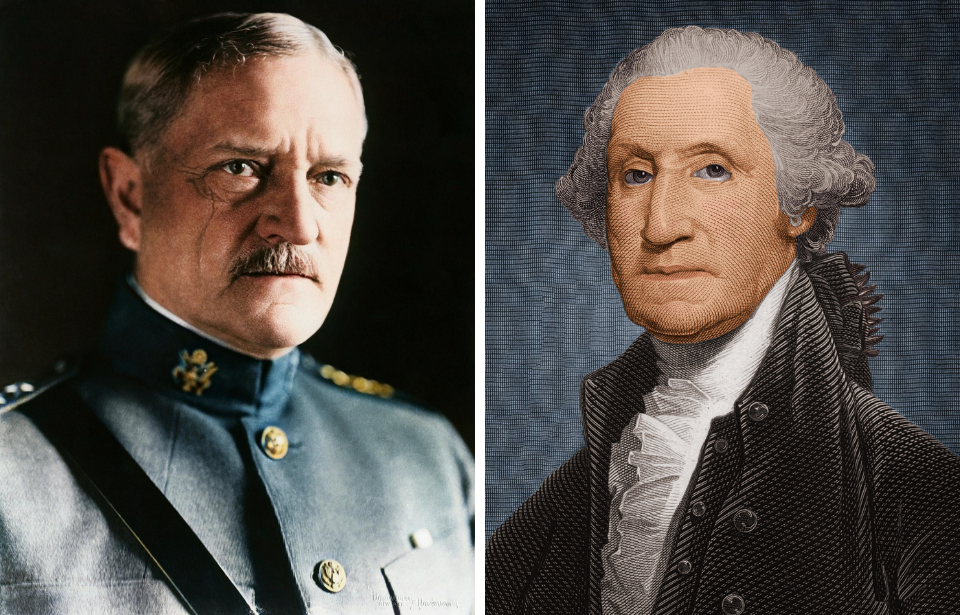The prestigious rank of 6-star general holds an unparalleled and exceptional status within the hierarchy of the US military, having been granted only twice. One individual attained it during their lifetime, while the other posthumously received the promotion. The exceptional accomplishments of these two figures show why they remain the only recipients of this profoundly distinguished accolade.
John J. Pershing’s slow climb up the US military hierarchy
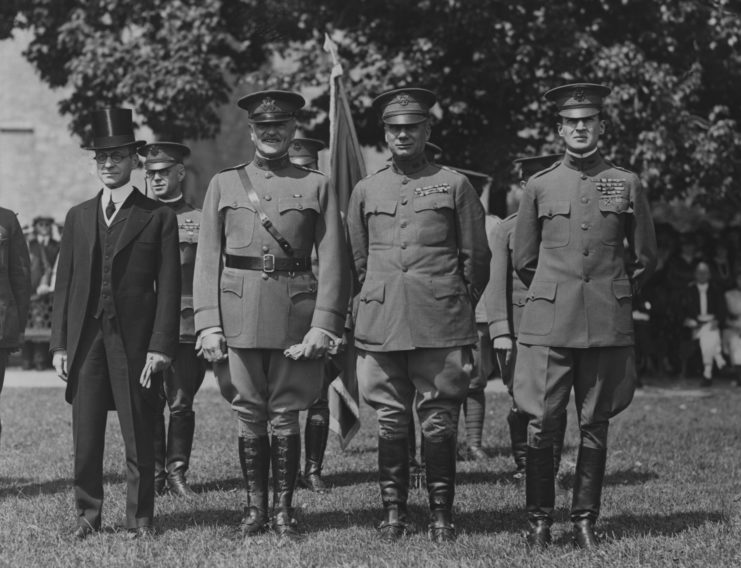
John J. Pershing refused to sacrifice American lives
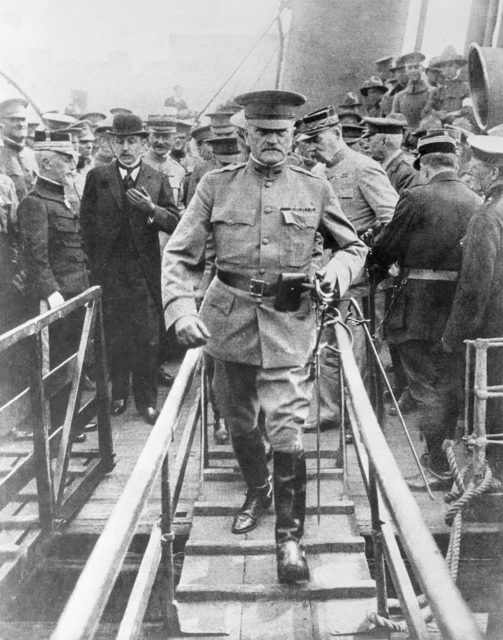
Pershing’s elevation to the rank of 6-star general unfolded during America’s entry into the First World War in 1917. President Wilson appointed him the commander of the American Expeditionary Force (AEF), shaping the military landscape.
Dispatched to France, Pershing’s mission included compiling a General Organization Report and assembling an army of one million soldiers by 1918, with this number increasing to three million the next year. His overarching goal was to mold these recruits into a professional and effective fighting force.
While the French and British pressed for the assimilation of AEF troops into their respective forces, Pershing championed the idea of preserving the integrity of the US Army. Despite recommendations from the Supreme War Council to combine forces, Pershing resisted, describing the proposal as “pouring new wine into old bottles.”
His unwavering commitment persisted, as he refused to compromise the safety of American lives by treating them as mere cannon fodder.
Promotion to 6-star general
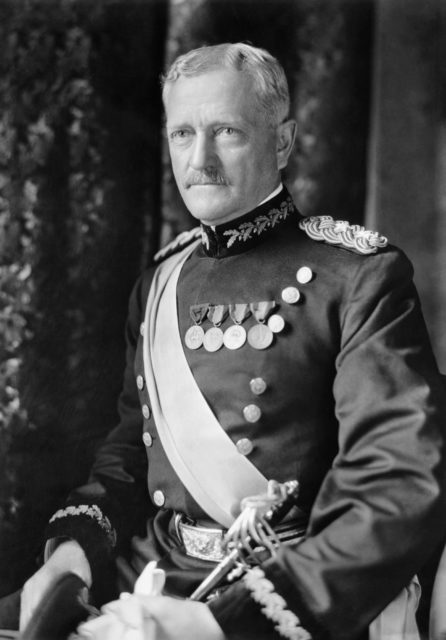
Upon Pershing’s return home, he received recognition for his contributions during WWI and earned the distinction of being the first person promoted to the esteemed rank of 6-star general. The title is formally referred to as “General of the Armies of the United States.” Since Pershing was the first to hold it, no official insignia had been established for the position. Consequently, he took it upon himself to create one, adorning gold stars, in contrast to the silver worn by other generals.
Maintaining his 6-star rank throughout the entirety of his military career, Pershing officially retired from the Army on September 13, 1924, as noted by the US Army Center of Military History. He retained this distinguished rank until his passing in 1948.
The trouble with George Washington’s military rank
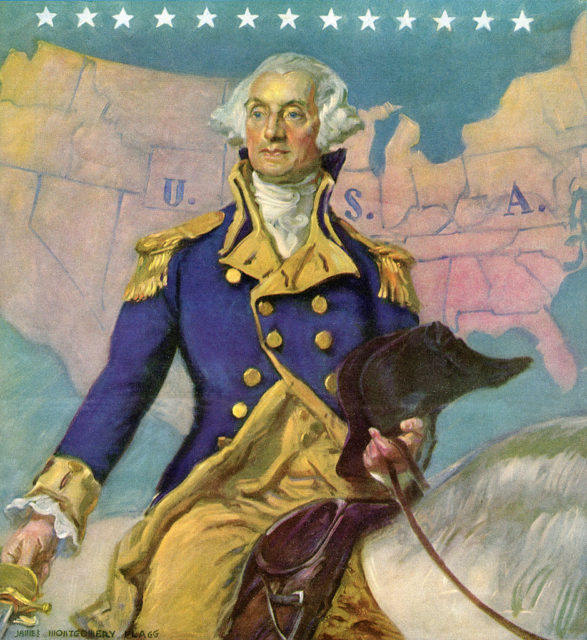
While John J. Pershing technically held the distinction of being the first to receive a promotion to 6-star general, this honor was posthumously conferred upon George Washington, who lived many years prior. Washington, famous as the first president of the United States, previously commanded the Continental Army during the American Revolution.
Leading the Colonial forces to victory against the British, Washington solidified his status as a national hero. Subsequently, he presided over the constitutional convention as the elected president. Despite his monumental contributions, Washington passed away holding the rank of three-star lieutenant general, meaning numerous four- and five-star generals ranked above the architect of the nation’s foundation.
A posthumous promotion to 6-star general
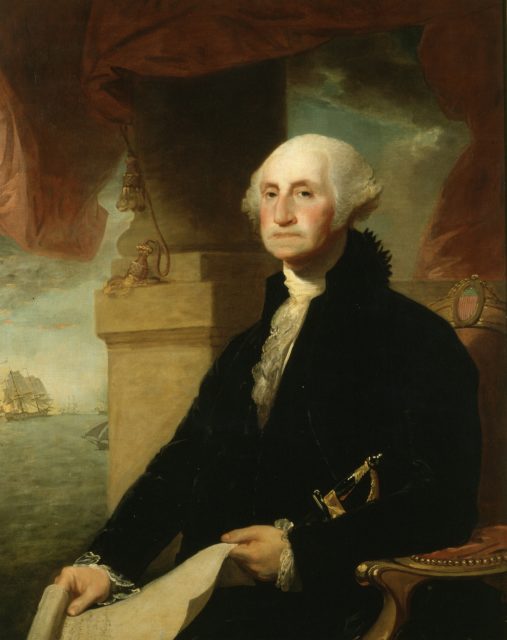
When Washington was promoted to lieutenant general, four- and five-star generals didn’t yet exist, yet alone the rank of six-star. As these rankings were developed, Congress agreed it was inappropriate for Washington to be outranked by officers who’d served in the American Civil War, the First World War or World War II.
On March 13, 1978, a law was passed to promote Washington to the rank of 6-star general, General of the Armies of the United States, effective July 4, 1976. It determined that “no officer of the United States Army should outrank Lieutenant General George Washington on the Army list.”
More from us: The Incredible Military Career of Graves Erskine, the US Marine Who Escorted the Unknown Soldier
As Pershing was also a 6-star general, he didn’t outrank Washington and was therefore allowed to keep his ranking. History will remember these two men for their exemplary service to the country, being the only two (thus far) to be granted such a high level in the US military.
